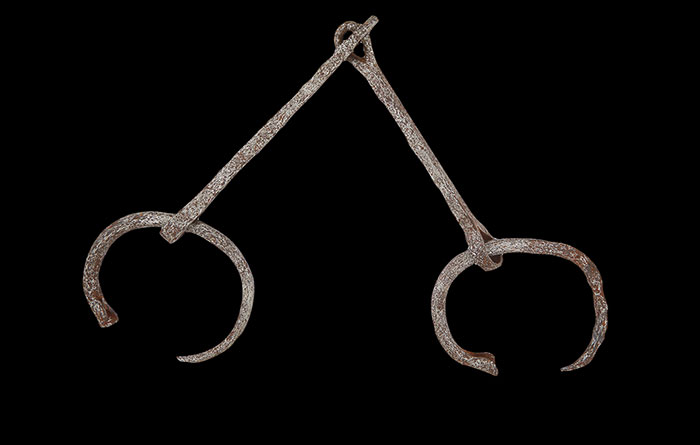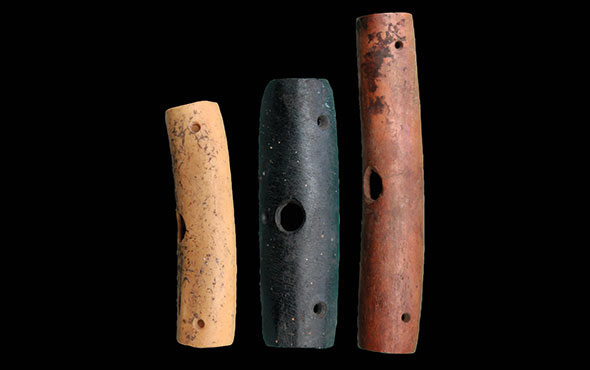
GENEVA, SWITZERLAND—According to a statement released by the Swiss National Science Foundation, a team of researchers including François Blondel of the University of Geneva analyzed more than 300 wooden tags that had been affixed to Egyptian mummies during the Roman era in an effort to study the eastern Mediterranean's ancient climate. Much of the wheat consumed in the Roman Empire was grown in Egypt, so climate fluctuations in the region would have had a wide influence. The labels, inscribed by family members with the name of the deceased, the names of the person’s parents, and sometimes a short religious message, would have been sent with the body to the embalmer. For today’s scientists, the wooden tags also hold clues to the climate of the past in the form of the tree’s growth rings. Broad rings indicate rapid growth in a wet year, while narrow rings can be the result of drought. Overlapping patterns of growth rings among different species of trees, such as pine, cypress, cedar, and juniper, reflect possible fluctuations between years of drought and years of growth. “We can’t yet assign a precise date to the rings and the events they record,” Blondel cautioned. He and his colleagues are looking for samples that will allow them to date the tags through dendrochronology, but they may need to radiocarbon date some samples. Read the original scholarly article about this research in International Journal of Wood Culture. To read about the scientific study of Roman mummy portraits, go to "At Face Value."










